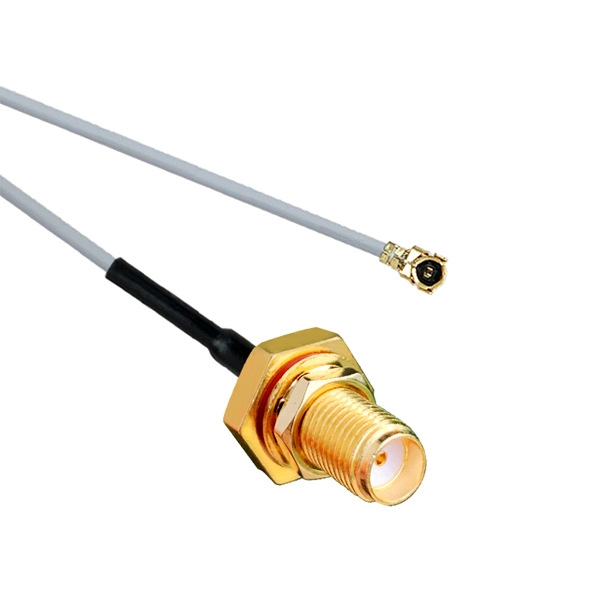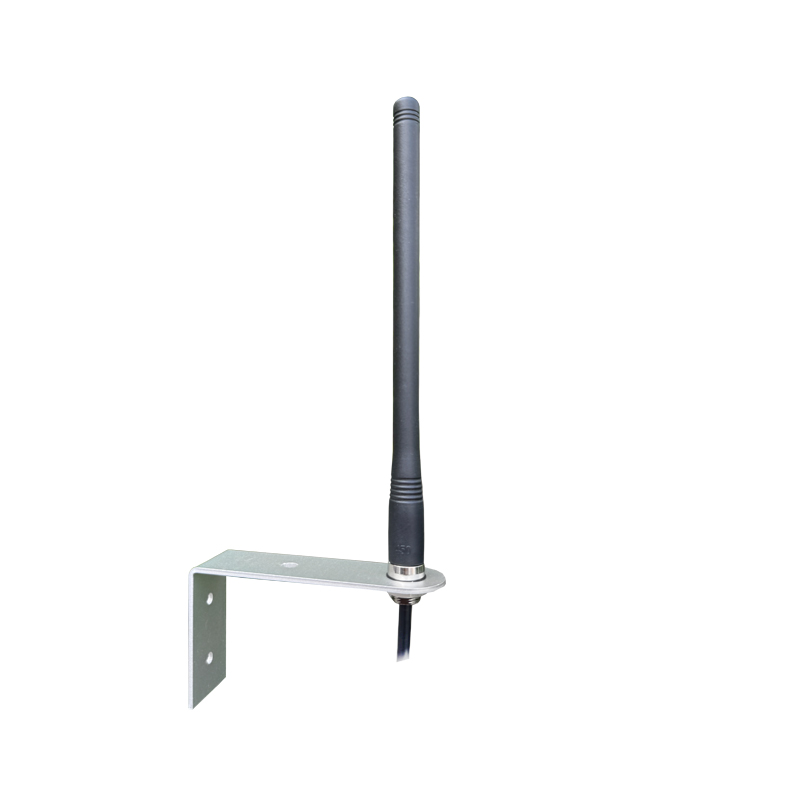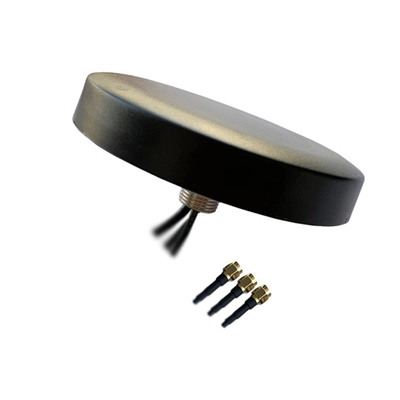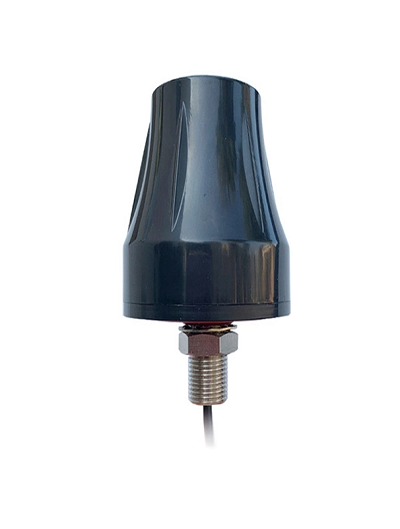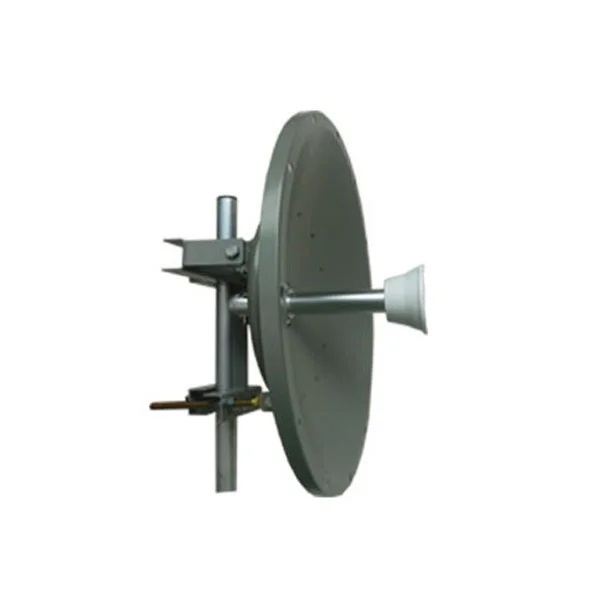Antennas play a pivotal role in the vast landscape of wireless communication. Among the myriad options available, two stand out - the Log Periodic Antenna and the Grid Parabolic Antenna. Each comes with its unique set of characteristics, design nuances, and applications. In this article, we delve into the intricacies of these antennas, comparing their features, advantages, and best-use scenarios.
Design and Structure
Log Periodic Antenna Design
The Log Periodic Antenna boasts a distinct design characterized by its array of dipole elements. These elements vary in size and spacing, enabling the antenna to operate over a wide range of frequencies. The tapered structure is a key feature, allowing for consistent performance across diverse frequency bands.
Grid Parabolic Antenna Structure
In contrast, the Grid Parabolic Antenna exhibits a more focused design. Its concave reflector surface, often in a parabolic shape, directs incoming signals towards a central feed antenna. This design is particularly effective for long-distance communication and high-gain applications.
Frequency Range Considerations
Log Periodic Antenna Frequency Range
The Log Periodic Antenna's versatility shines in its ability to cover a broad frequency range. This makes it suitable for applications where a wide spectrum of frequencies needs to be accommodated, such as in scanning receivers and broadband communication systems.
Grid Parabolic Antenna Frequency Range
On the other hand, the Grid Parabolic Antenna such as 2.4 ghz 24dbi grid parabolic antenna is known for its ability to operate within specific frequency bands with high precision. This targeted approach makes it ideal for point-to-point communication and satellite links.
Directionality and Gain
Log Periodic Antenna Directional Properties
Directionality is a crucial factor in wireless communication, and Log Periodic Antennas offer a balanced mix. They provide moderate directional capabilities, making them suitable for applications where a compromise between coverage and focus is necessary.
Grid Parabolic Antenna Gain Characteristics
Grid Parabolic Antennas excel in high-gain scenarios. The parabolic reflector concentrates signals, resulting in significant gain. This feature is advantageous in situations where long-distance communication or overcoming signal attenuation is critical.
Size and Portability
Compactness of Log Periodic Antenna
Log Periodic Antennas, with their tapered design, are often more compact and portable. This makes them a preferred choice in scenarios where space constraints or mobility are paramount, such as in field research or temporary communication setups.
Challenges of Portability with Grid Parabolic Antenna
While Grid Parabolic Antennas offer exceptional gain, their larger size and fixed structure present challenges in terms of portability. Deploying them in remote or dynamic environments may require additional logistical considerations.
Installation and Maintenance
Ease of Installing Log Periodic Antenna
Log Periodic Antennas, given their simpler design, are generally easier to install. This makes them suitable for applications where rapid deployment or frequent relocation is necessary.
Complexities in Grid Parabolic Antenna Setup
The installation of Grid Parabolic Antennas involves precise alignment and positioning due to their focused nature. This complexity can result in longer setup times and may require professional expertise for optimal performance.
Performance in Challenging Environments
Log Periodic Antenna Resilience
Log Periodic Antennas exhibit resilience in challenging environmental conditions. Their design, often less susceptible to wind loading and adverse weather, makes them suitable for outdoor applications where exposure to the elements is inevitable.
Grid Parabolic Antenna Challenges in Adverse Conditions
On the contrary, the larger surface area of Grid Parabolic Antennas makes them more susceptible to wind loading. Additionally, their fixed structure may pose challenges in extreme weather conditions.
Cost Considerations
Log Periodic Antenna Costs
The cost-effectiveness of Log Periodic Antennas contributes to their widespread adoption. The simplicity of design and ease of manufacturing often translate to a more affordable option for various communication needs.
Budget Implications of Grid Parabolic Antenna
Grid Parabolic Antennas, with their precision engineering and high-gain capabilities, tend to be pricier. This cost, however, is often justified in applications where superior performance and signal strength are non-negotiable.
Comparative Advantages
Strengths of Log Periodic Antenna
The Log Periodic Antenna's strengths lie in its versatility, compactness, and cost-effectiveness. It serves as a reliable choice for applications where a balance of performance and practicality is essential.
Unique Features of Grid Parabolic Antenna
Grid Parabolic Antennas stand out with their high-gain capabilities, making them indispensable in scenarios demanding exceptional signal strength over long distances. Their precision and focus make them a go-to choice for specific communication needs.
Use Cases and Applications
Log Periodic Antenna Applications
Log Periodic Antennas find applications in a wide array of scenarios, including scanning receivers, broadband communication, and field research setups. Their adaptability makes them a versatile tool in the communication toolkit.
Grid Parabolic Antenna Applications
Grid Parabolic Antennas excel in point-to-point communication, satellite links, and scenarios where high-gain and focused signals are paramount. Their niche applications include long-distance communication and overcoming signal attenuation challenges.
Technological Advancements
Ongoing Developments in Log Periodic Antenna Technology
Technological advancements in Log Periodic Antennas focus on improving bandwidth efficiency, reducing size, and enhancing adaptability to changing frequency requirements. Continuous research contributes to their evolving capabilities.
Innovations in Grid Parabolic Antenna Designs
Grid Parabolic Antennas undergo innovations to enhance precision, reduce size, and improve performance in adverse conditions. These advancements aim to make them more versatile and applicable in diverse settings.
Considerations for Industry Professionals
Recommendations for Log Periodic Antenna in Industries
Industry professionals often recommend Log Periodic Antennas for applications where versatility, ease of installation, and cost-effectiveness are critical. Their adaptability suits a broad spectrum of industries.
Grid Parabolic Antenna Suitability in Professional Settings
Professionals in fields such as telecommunications and satellite communication favor Grid Parabolic Antennas for their high-gain properties. Despite the challenges, their precision and performance outweigh logistical considerations in specialized applications.
In the ongoing debate of Log Periodic Antenna vs Grid Parabolic Antenna, the choice ultimately depends on the specific needs of the application. Log Periodic Antennas offer a balance of versatility and practicality, while Grid Parabolic Antennas excel in scenarios demanding exceptional focus and signal strength. As technology advances, both antennas continue to evolve, each finding its place in the dynamic landscape of wireless communication.
Amplify your 4G LTE signal for long-range reception with AC Creation's high-gain 4G LTE parabolic grid antenna.
| Feature | Log Periodic Antenna | |
| Design | Zigzagging elements with varying sizes | Curved dish with a grid reflector |
| Frequency Range | Wideband (operates over a large range of frequencies) | Narrowband (focuses on a specific frequency range) |
| Gain | Moderate gain | High gain |
| Beamwidth | Broad beam | Narrow beam |
| Applications | Cellular reception (multiple bands), Wi-Fi, GPS | Satellite communication, long-distance point-to-point links |
| Advantages | Wide range of frequencies, lightweight, easy to install | High signal strength, good for long distances |
| Disadvantages | Lower gain compared to parabolic, less directional | Limited frequency range, bulky, requires precise aiming |
FAQs
How does a Log Periodic Antenna differ from a Grid Parabolic Antenna?
Can I use a Log Periodic Antenna for long-distance communication?
Are Grid Parabolic Antennas suitable for mobile applications?
What factors affect the cost of Log Periodic Antennas?
How often should I conduct maintenance on a Grid Parabolic Antenna?

 English
English